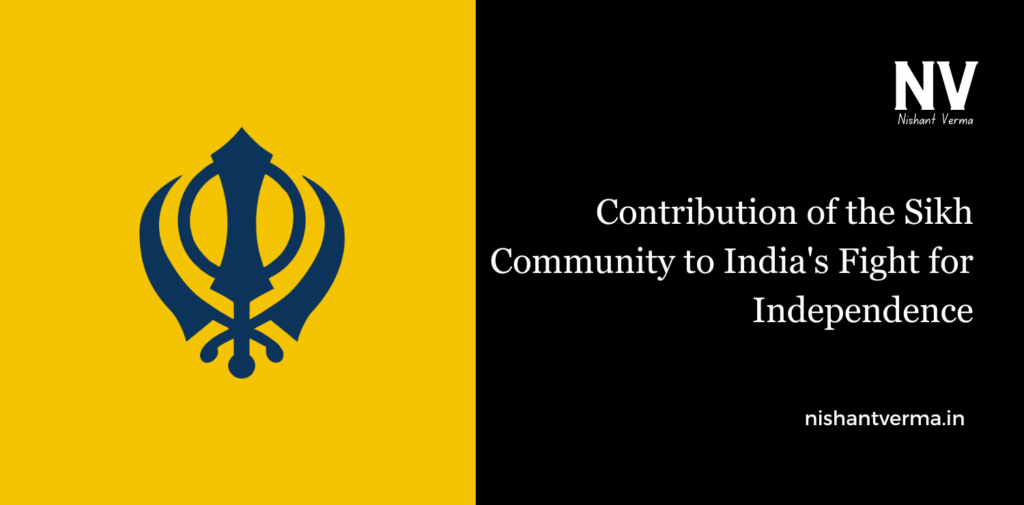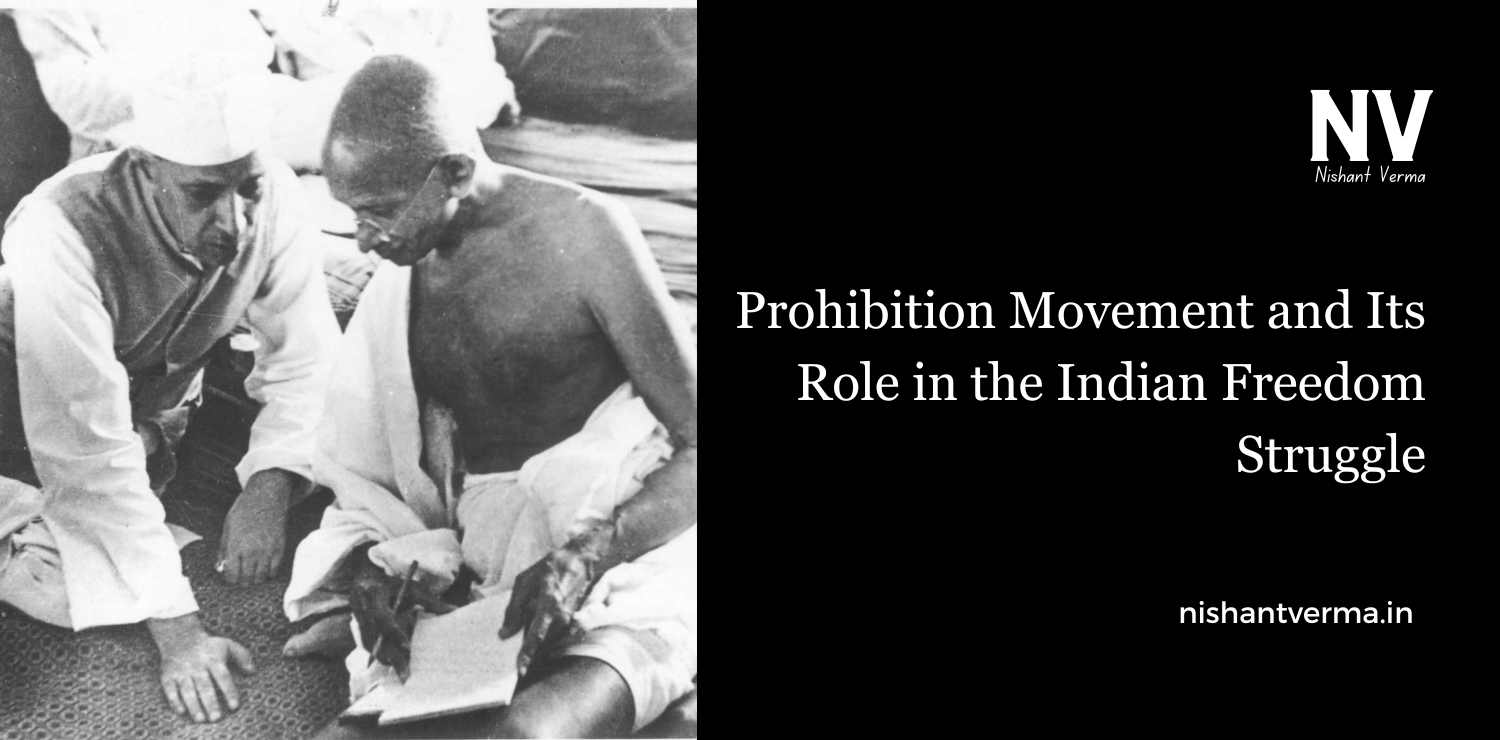The history of India’s freedom struggle is full of brave individuals and communities who fought for the country’s independence from British rule. Among them, the Sikh community played a very important role. Sikhs, known for their courage, strong values, and devotion to justice, made great sacrifices in the fight for India’s freedom. In this article, we will look at how the Sikh community contributed to India’s struggle for independence and why their efforts were so important.
Who Are the Sikhs?
The Sikh community is a religious group that follows Sikhism, a faith founded by Guru Nanak in the 15th century in Punjab, a region that today spans parts of India and Pakistan. Sikhism teaches the values of equality, justice, and service to others. Sikhs believe in one God, and they follow the teachings of ten Gurus. They also value bravery, honesty, and standing up for what is right. These values played a big role in how the Sikh community contributed to India’s fight for freedom.
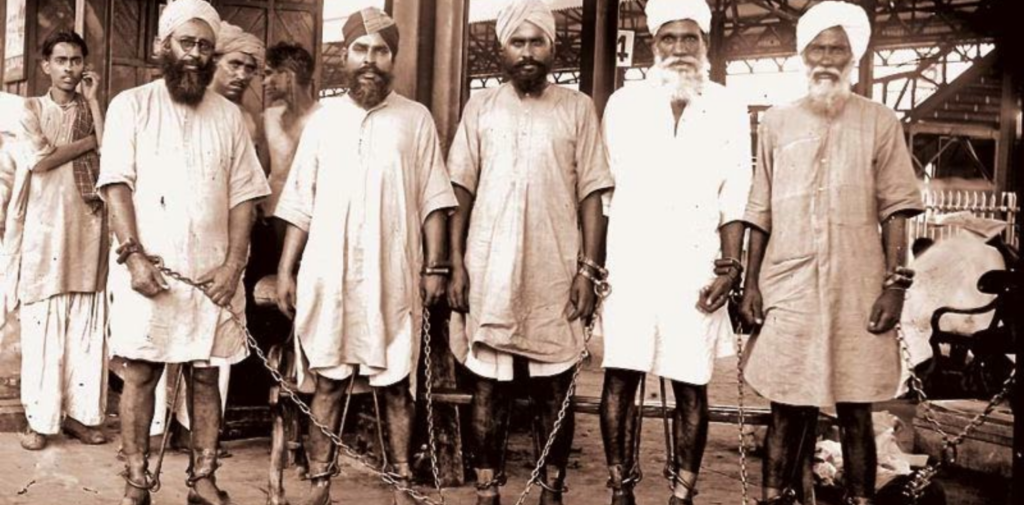
Sikhs in the Early Days of the Struggle
The fight for India’s freedom from British rule did not start with Mahatma Gandhi or Jawaharlal Nehru; it began many years before. Sikhs were among the first to challenge British rule and fight for independence. During the 19th century, many Sikhs fought against British policies that were unfair to Indians. The British treated Indians very badly, taking away their land, money, and freedom.
Sikh Community have always been known for their bravery. One of the earliest signs of their fight against British rule was during the First War of Indian Independence in 1857 (also known as the Sepoy Mutiny). Although the majority of the fighters in this war came from other communities, many Sikhs joined the rebellion to fight the British.
The Ghadar Movement: A Revolutionary Fight
In the early 20th century, the fight for independence became even stronger. One of the most important movements was the Ghadar Movement, which was led by a group of Sikhs who had settled in countries like the United States, Canada, and Southeast Asia. They were angry about British rule in India and wanted to see India free.
The Ghadar Party, which was started by these Sikh revolutionaries in 1913, played a major role in spreading the message of independence. They organized protests, wrote letters, and even tried to start a rebellion in India. They were inspired by the idea of an independent India, and they believed that the British needed to be removed from the country.
Sikh leaders like Lala Lajpat Rai and Bhagat Singh were deeply influenced by the Ghadar Party. The Ghadar Movement laid the foundation for the revolutionary activities that would follow in the years leading up to India’s independence.
The Role of Sikhs in the Non-Cooperation Movement
When Mahatma Gandhi launched the Non-Cooperation Movement in 1920, Sikhs were among the first to join him. Gandhi’s idea was to peacefully protest against British rule by boycotting British goods, schools, and courts. Sikhs, who were already known for their courage and strong sense of justice, took part in these protests with great enthusiasm.
One of the most important places where Sikhs showed their support for the Non-Cooperation Movement was in Punjab. Thousands of Sikhs participated in peaceful protests, rallies, and boycotts against British rule. They were also involved in spreading Gandhi’s message of ahimsa (non-violence) and satyagraha (truth and resistance).
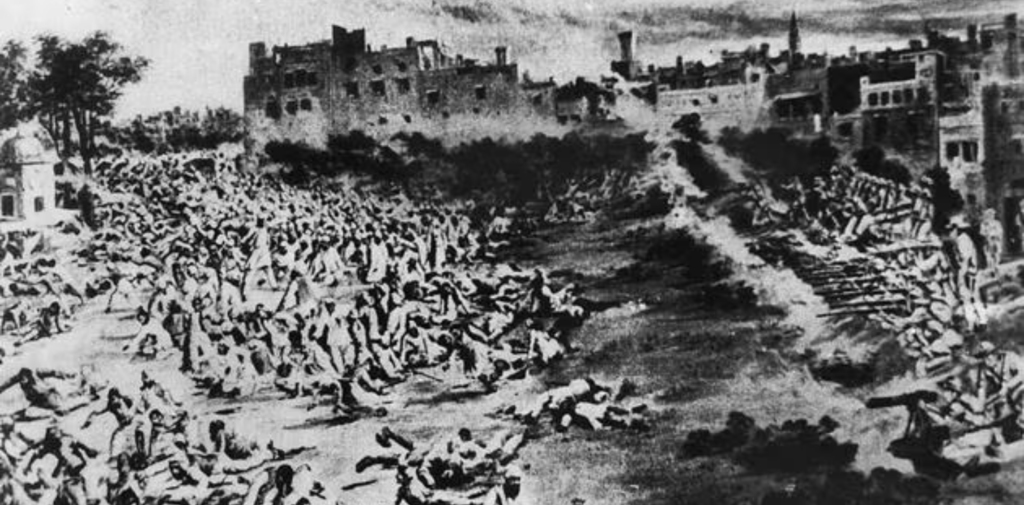
The Jallianwala Bagh Massacre and Sikh Resistance
One of the darkest chapters in India’s fight for freedom was the Jallianwala Bagh Massacre of 1919. On April 13, British General Dyer ordered the shooting of hundreds of unarmed Indian men, women, and children who were gathered at Jallianwala Bagh in Amritsar to protest against the British. Among the victims were many Sikhs.
This massacre shocked the nation and filled the hearts of all Indians, including Sikhs, with anger. The event led to widespread protests, and Sikhs played a major role in standing up to British rule. They showed great courage in the face of violence and refused to accept British oppression.
The Jallianwala Bagh Massacre became a turning point for the Sikh community, as many Sikhs were inspired to fight even harder for India’s independence. The massacre was a key reason why the Sikh community became so actively involved in the freedom struggle.
Sikhs in the Quit India Movement
In 1942, when Mahatma Gandhi launched the Quit India Movement, calling for the British to leave India, Sikhs were again at the forefront of the struggle. Sikhs across India took part in protests, strikes, and demonstrations. They also joined underground movements and faced brutal punishments for their actions. Sikhs, especially those from rural areas, fought for their rights and for a free India, with many willing to sacrifice their lives for the cause.
Sikh leaders like Master Tara Singh played an important role in spreading the message of the Quit India Movement in Punjab and beyond. Sikhs were also part of the leadership in the Indian National Congress and helped shape the direction of the freedom movement.
The Role of Sikh Soldiers
Throughout the British rule, Sikhs had served in the British Indian Army. However, during the freedom struggle, many Sikh soldiers began to question their loyalty to the British Empire. They started to resist British orders and even mutinied against British officers.
In World War I and World War II, thousands of Sikh soldiers fought for the British, but by the time of India’s independence struggle, many of them were deeply disillusioned with the British. Sikhs from different parts of India joined the Indian National Army (INA), led by Subhas Chandra Bose, to fight against the British. The soldiers of the INA, including Sikh soldiers, played a key role in the final stages of the freedom struggle.
Sikh Martyrs in the Fight for Independence
Many Sikhs became martyrs during India’s struggle for freedom. These brave men and women sacrificed their lives for the cause of independence. Some of the most famous Sikh freedom fighters include Bhagat Singh, Udham Singh, Baba Deep Singh, and Sardar Ajit Singh.
Bhagat Singh, one of the most well-known freedom fighters, was a young Sikh who believed in using violence to drive out the British. He was hanged by the British for his role in the killing of a British officer. Bhagat Singh’s courage and sacrifice inspired millions of Indians to continue fighting for independence.
Udham Singh is another famous Sikh who avenged the Jallianwala Bagh Massacre by killing Michael O’Dwyer, the British official responsible for the massacre. Udham Singh was executed by the British, but his actions left a lasting mark on the fight for independence.
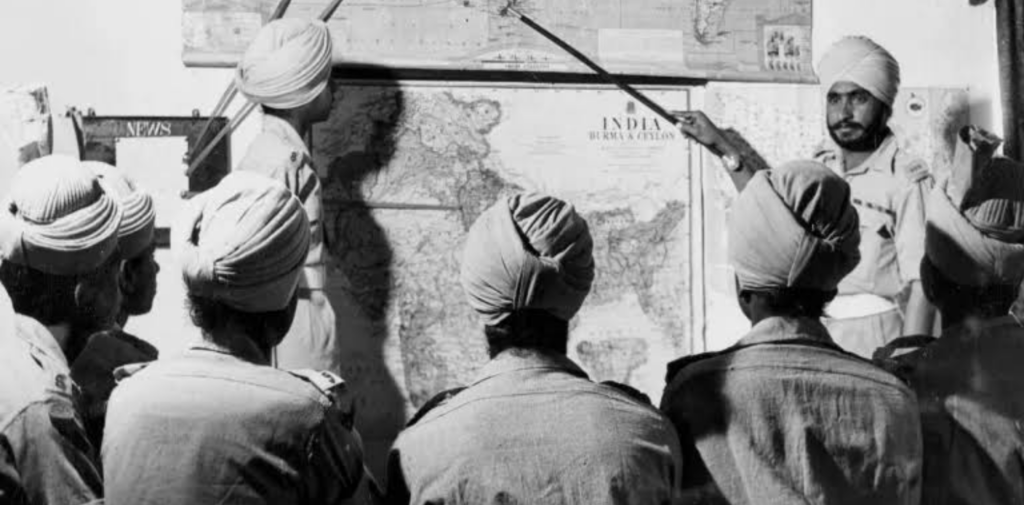
Sikh Contribution After Independence
After India gained independence in 1947, Sikhs continued to play an important role in the development of the country. They contributed to India’s economy, culture, and military. Sikhs, especially from Punjab, worked hard to build India’s agricultural and industrial sectors. The hard work of Sikh farmers helped India become self-sufficient in food production.
Sikhs also played an important role in shaping India’s defense forces. Many Sikh soldiers and officers continue to serve in the Indian Army, Navy, and Air Force, upholding the values of bravery, loyalty, and service.
Conclusion – Sikh community in Indian freedom struggle
The Sikh community’s contribution to India’s fight for independence was vast and significant. From the early days of resistance against British rule to the revolutionary efforts of the Ghadar Movement, the Sikhs showed great courage, sacrifice, and commitment to the cause of freedom. Their contributions in the Non-Cooperation Movement, the Quit India Movement, and in the armed forces were essential to India’s final victory over British rule.
The courage, strength, and patriotism of the Sikh community during India’s independence struggle remind us of the power of unity and determination. Sikhs not only fought for their own rights but also for the rights of all Indians, making their contribution to the country’s freedom struggle truly unforgettable.

